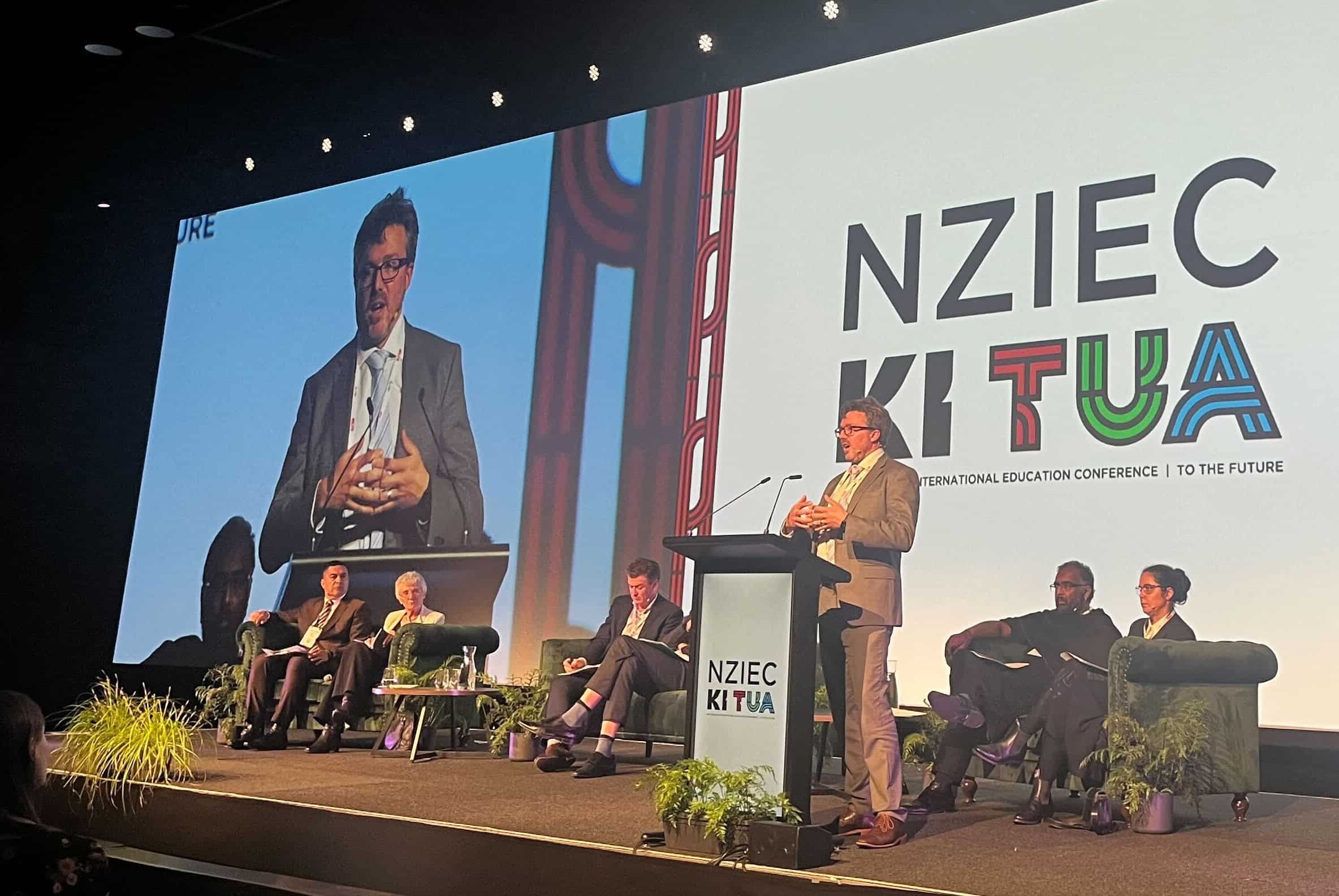New Zealand’s position as a growing power provider of education for overseas students – plus the market’s potential for growth – were given particular prominence by speakers at the NZIEC KI TUA conference in Wellington, taking place August 6-7.
Higher education institutions in the country were praised for swiftly bouncing back on international student numbers after a dip during the Covid pandemic – now at 60% of 2019 levels – and stakeholders discussed emerging sending countries New Zealand can strengthen ties with in order to further boost admissions.
“This government has clearly identified the importance of maintaining and strengthening trade relationships with partner countries in key regions around
the globe,” New Zealand MP Penny Simmonds said in her address to delegates.
“After three consecutive years of declining student numbers to reach the historic low of 2022, your collective effort has seen enrolments recover 67% in
just one year to 69,133 in 2023,” she continued.
While Simmonds drew attention to the role the international education sector plays in strengthening the country’s economy, she said its benefits go way beyond simply driving revenue.
“It’s important our domestic students to have the ability to connect globally. Interacting with students from different countries and backgrounds enriches the learning
experience for both New Zealand and international students… For all of these reasons, the rebound in enrolments achieved in 2023 is significant. It is a telling indicator of the power and potential the industry has to rebuild to pre-Covid levels and beyond.”
But speakers at the conference also warned against expanding too quickly. Education minister Andy Jackson told delegates there was a need to swerve the mistakes seen in other major host countries, which have seen unsustainable influxes of international student influxes only to bring in controversial caps.
‘The government want to avoid the boom and burst policies as seeing in Australia and Canada,” he said.
This government has clearly identified the importance of maintaining and strengthening trade relationships with partner countries in key regions
Penny Simmonds, NZ MP
Canada announced plans to cap study permits at 360,000 per year in January, while Australia is currently eyeing restricting international student numbers as part of proposed sweeping reforms to the sector.
And delegates were told that students from Japan, South Korea, Thailand, the US and Germany are all showing “promising signs of renewed interest” in studying in New Zealand, despite China and India remaining as the largest source countries.
“Secondary schools were particularly popular for German, Japanese and Chinese students, while English Language Schools were again favoured by Japanese and Thai students while also attracting increasing interest from France, Brazil and Chile,” said Simmonds
“Throughout 2023, the Philippines also emerged as a source for students in applied learning, with a total of 1,933 students enrolling principally in PTEs, Technical Institutes and Polytechnics.”
But there are further opportunities to grow the number of students arriving from other countries, said Acumen’s chief commercial and partnership officer Marnie Watson.
“[Some] 44,000 students from Vietnam are going to Japan each year, double the number of students going to the USA. You have to rethink how you are telling your New Zealand story,” she stressed.




